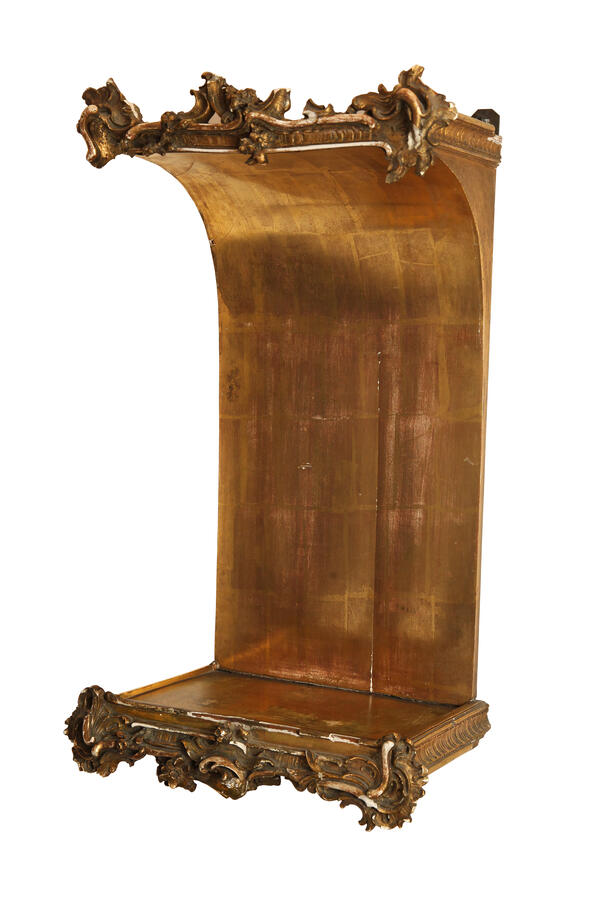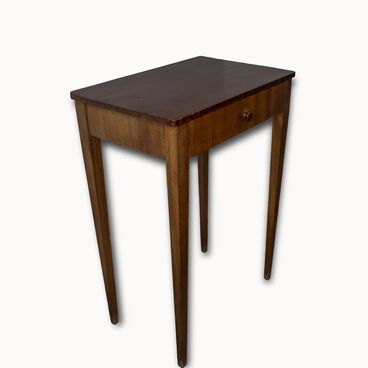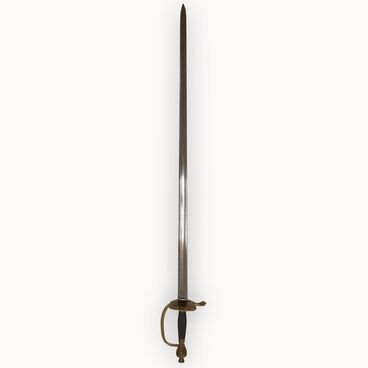In the first half of the 19th century, this glove rack belonged to Kamilla Ivasheva, the wife of the Decembrist Vasily Ivashev. For a long time, this item and some other personal belongings were carefully protected and preserved as family heirlooms. The rack was donated to the Turinsk museum by Elena Konstantinovna Reshko, the granddaughter of Mariya Vasilyevna Trubnikova (Ivasheva) and the great-granddaughter of the Decembrist Vasily Ivashev.
Throughout history, gloves have had many functions: they could be a sign of good social manners or serve as a way to challenge someone to a duel. Gloves became so important that Honoré de Balzac even composed a short essay “Étude de mœurs par les gants” (which can be translated as “Learning about mores from gloves”). According to its plot, a lady determined the personality, lifestyle, and habits of her guests by examining their gloves.
Up until the Russian Revolution, gloves were considered an obligatory item in the attire of Russian ladies and gentlemen.
Gloves were made either from kidskin, chamois leather, weighted silk, or satin. The hands of an aristocrat had to look elegant, so the narrower the gloves were, the better. There were certain rules made about the color of gloves. White color designated high social status and meant that their owner was rich and was not used to hard work. Men took off their gloves only while playing cards or at dinner.
Gloves were stored in special boxes along with stretchers — retractable spring-loaded tongs that were used to prevent gloves from tearing while being put on. There were different kinds of them: from simple tongs made of wood to exquisite ones made of silver and ivory.
Etiquette books contained advice on what type of gloves to wear for each occasion and also when they were needed. The “Handbook of Official and Social Etiquette” of 1889 contained the following recommendations,
Throughout history, gloves have had many functions: they could be a sign of good social manners or serve as a way to challenge someone to a duel. Gloves became so important that Honoré de Balzac even composed a short essay “Étude de mœurs par les gants” (which can be translated as “Learning about mores from gloves”). According to its plot, a lady determined the personality, lifestyle, and habits of her guests by examining their gloves.
Up until the Russian Revolution, gloves were considered an obligatory item in the attire of Russian ladies and gentlemen.
Gloves were made either from kidskin, chamois leather, weighted silk, or satin. The hands of an aristocrat had to look elegant, so the narrower the gloves were, the better. There were certain rules made about the color of gloves. White color designated high social status and meant that their owner was rich and was not used to hard work. Men took off their gloves only while playing cards or at dinner.
Gloves were stored in special boxes along with stretchers — retractable spring-loaded tongs that were used to prevent gloves from tearing while being put on. There were different kinds of them: from simple tongs made of wood to exquisite ones made of silver and ivory.
Etiquette books contained advice on what type of gloves to wear for each occasion and also when they were needed. The “Handbook of Official and Social Etiquette” of 1889 contained the following recommendations,



